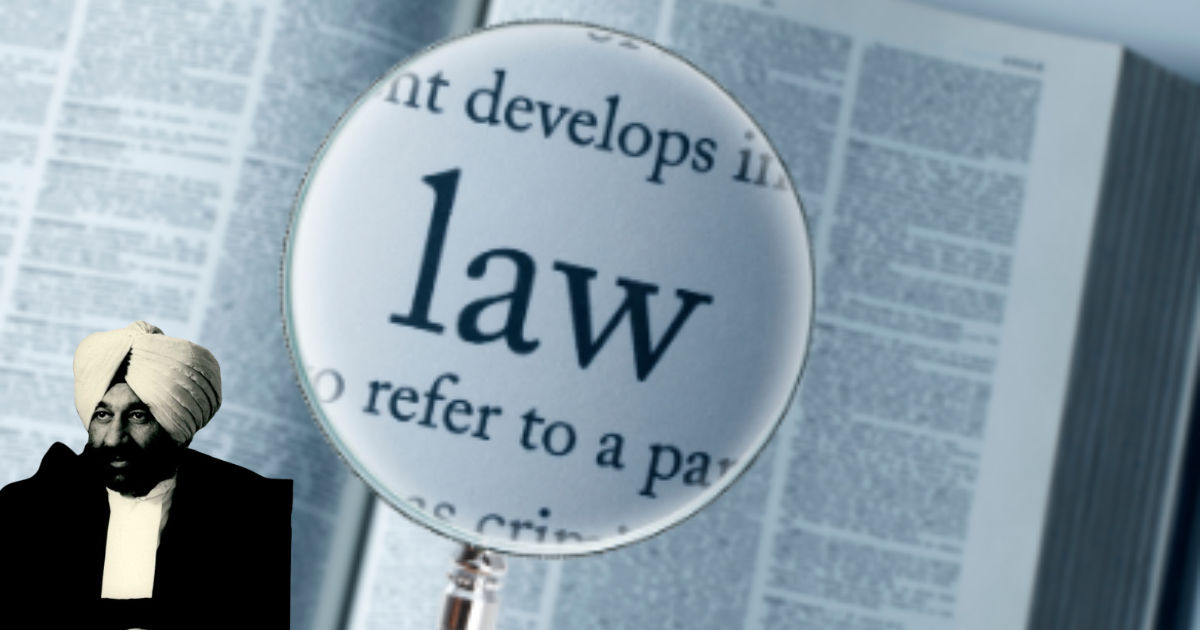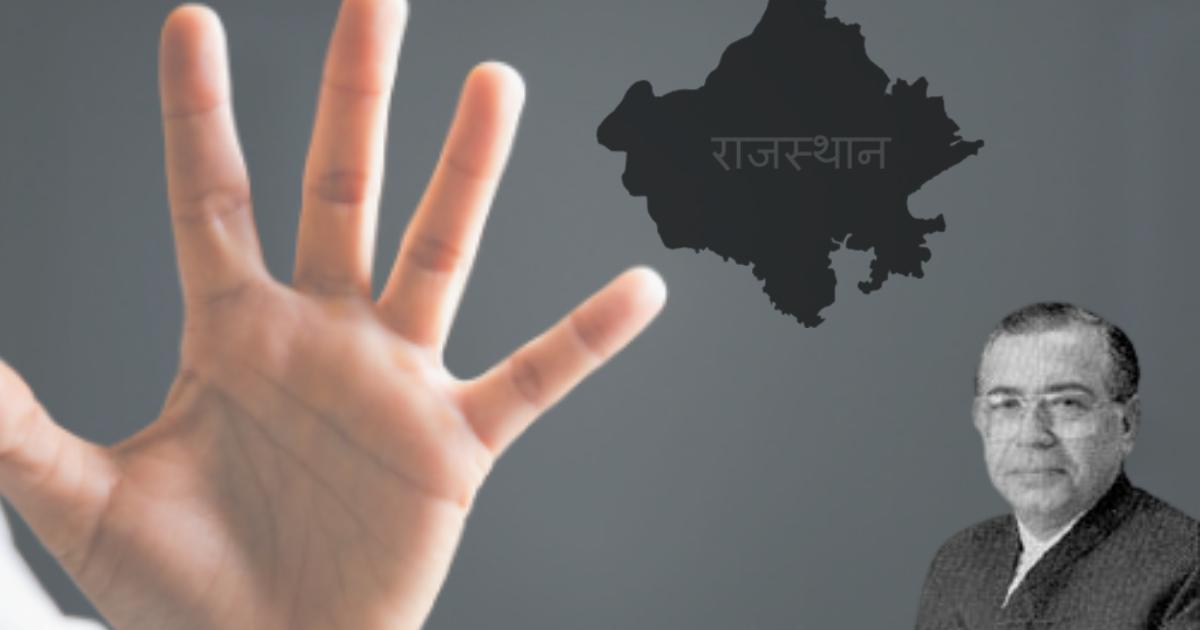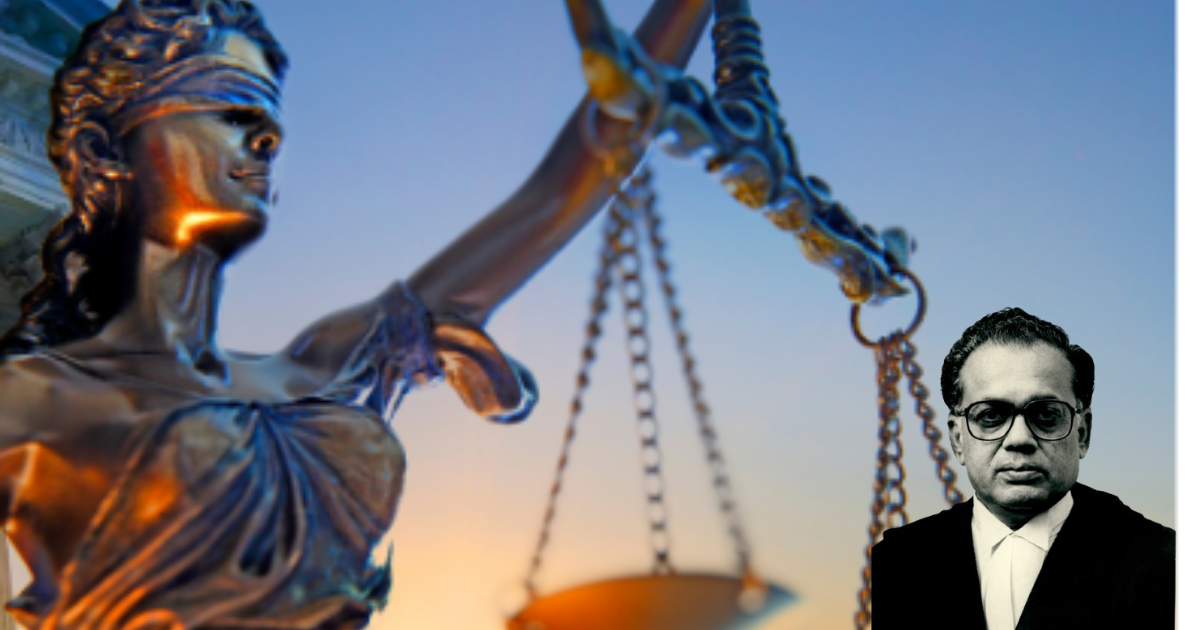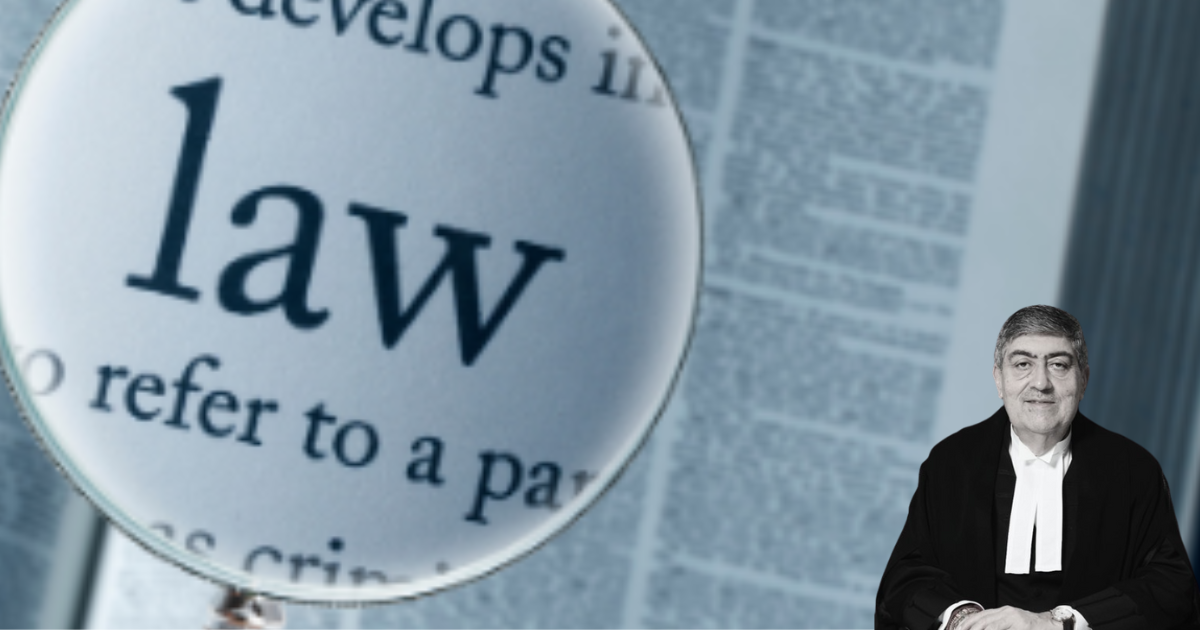In the labyrinth of affirmative action and reservation policies in India, the case of Indra Sawhney & Others Vs. Union of India (1992) emerges as a landmark legal saga that grapples with the intricacies of caste-based reservations in public employment. The narrative unfolds as a complex legal chess game, with the petitioners challenging the constitutional validity of the Mandal Commission recommendations, and the Supreme Court navigating the delicate balance between social justice and meritocracy.
The story begins with the petitioners, led by Indra Sawhney, contesting the implementation of the Mandal Commission recommendations by the Government of India. The Mandal Commission, headed by B.P. Mandal, had recommended a 27% reservation for Other Backward Classes (OBCs) in public employment. The petitioners, represented by a formidable legal team led by Senior Advocate L.C. Gupta, assert that the implementation of such reservations would violate the constitutional guarantees of equality and non-discrimination.
The legal case witnesses a clash of constitutional principles as arguments are presented before the Supreme Court. The crux of the petitioners’ contention lies in the assertion that caste cannot be the sole criterion for reservations, and the Mandal Commission recommendations ignore the economic criteria for backwardness. The legal team draws inspiration from precedents such as Balaji v. State of Mysore (1963) and M.R. Balaji v. State of Mysore (1963), emphasizing the need for a nuanced and inclusive approach to reservations.
The legal analysis in Indra Sawhney’s case delves into the constitutional tapestry woven by the framers of the Constitution. The Supreme Court, led by Chief Justice M.N. Venkatachaliah and a bench of distinguished justices, grapples with the nuanced question of whether reservations solely based on caste are consistent with the principles of equality and non-discrimination enshrined in Articles 14 and 16 of the Constitution.
In a watershed judgment, the Supreme Court delivers a nuanced and multi-dimensional verdict. The Court upholds the constitutional validity of reservations for Other Backward Classes (OBCs) but introduces the concept of the “creamy layer” within the reserved categories. The judgment recognizes the need for social justice but imposes limits on the extent of reservations, ensuring that only the genuinely disadvantaged sections benefit from affirmative action.
The legal reverberations of Indra Sawhney’s case echo through the corridors of policymaking and social justice. The judgment becomes a touchstone for subsequent debates on reservations, influencing the framing of policies and amendments to balance the interests of social justice and meritocracy. It prompts states to adopt measures to identify and exclude the creamy layer from the benefits of reservations, preventing the perpetuation of socio-economic disparities.
In the present case, the State of Kerala did not care if its Chief Secretary was to go behind bars. It did not care if the real backwards were left in the lurch. It then took to legislation inasmuch as it would then be difficult for this Court to hold the legislature in contempt. It is difficult for us to think that the Kerala Government really believed in the validity of its legislation. It appears to us that it thought it better to leave it to the Courts strike down the Act. Years would role by and in the interregnum the creamy layer could continue to reap the benefits of reservation. When Governments unreasonably refuse to eliminate creamy layers from the backward classes or when governments tend to include more and more castes in the list of Backward Classes without adequate data and inquiry, a stage will be reached soon when the whole system of reservation will become farcical and a negation of the constitutional provisions relating to reservations. The resistance of the creamy layer to get out of the lists is as bad as the clamour for entry into the quota system of various castes whose social status does not conform to the law decided by this Court. We earnestly hope that Constitutional provisions will not be converted into citadels for unjustified patronage. Krishna Iyer, J. warned in Akhil Bhartiya Soshit Karamchari Sangh vs. Union of India [1981 (1) SCC 246] (at 264, para 22): “……to politicise this provision (i.e. Article 16(4) for communal support and Party ends is to subvert the solemn undertaking of Article 16(1).” The IAs 35, 36 in W.P. 930/1990 are disposed of accordingly. W.P.(C) Nos.699/95 and 727/95 are allowed to the extent indicated above. IAs 8 and 9 in W.P.(C) No.699/1995 also stand disposed of. However, the suo moto contempt case started earlier shall be listed after a period of three months. We thank the learned Amicus Curiae Sri Gopal Subramaniam for his valuable assistance.
Citation: AIR1993SC477, [1992]SUPP2SCR454, AIR 1993 SUPREME COURT 477, 1992 AIR SCW 3682, 1993 LAB IC 129, (1992) 6 JT 273 (SC), (1992) 6 JT 673.1 (SC), 1992 (3) SCC(SUPP) 217, 1992 (6) JT 273, (1993) 1 SCT 448, (1993) 1 SCJ 353
Case Title: INDIRA SAWHNEY Vs. UNION OF INDIA AND ORS.



